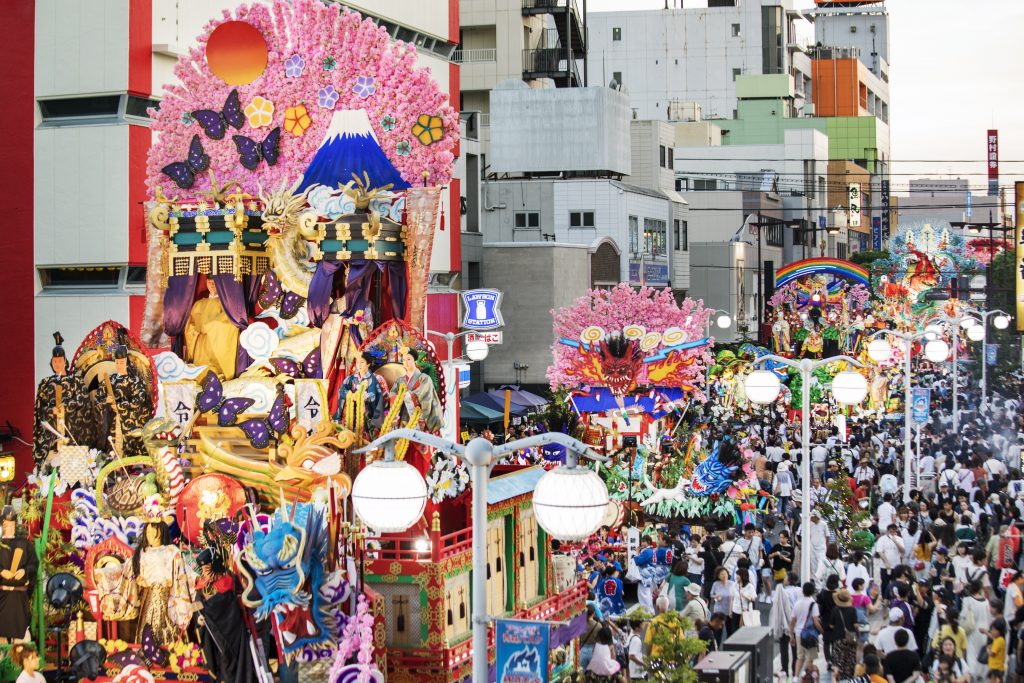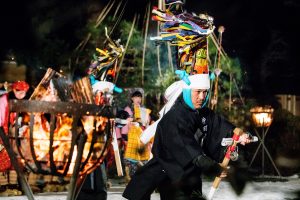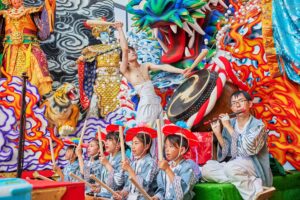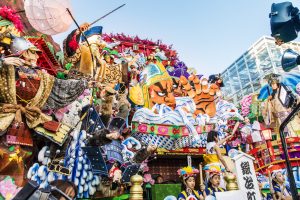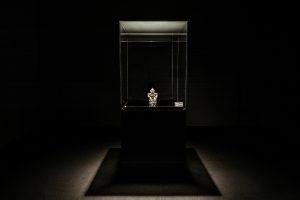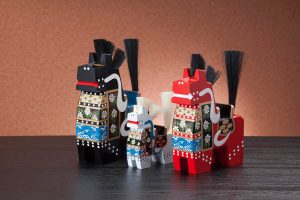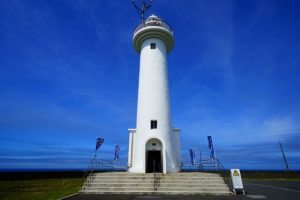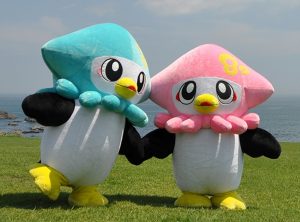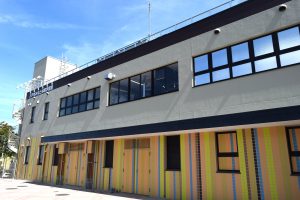What is the Hachinohe Area?
The Hachinohe Area is a region in the southeast of the Aomori Prefecture. It is made up of the city of Hachinohe and seven towns and villages in the surrounding area. These separate villages, towns, and cities were all once part of the domain of the Nanbu clan. This shared cultural history has shaped the area into a warmhearted community that is filled with amazing and unique experiences just waiting to be discovered. Pristine nature, amazing food, and thrilling history await any visitor brave enough to travel to Hachinohe: Japan’s Northern Frontier.
Local Stories
The Hachinohe Sansha Taisai is the largest festival in the Hachinohe region, held every year from July 31 to August 4. The festival features a traditional procession of shrines and gorgeous floats, and was registered as a UNESCO Intangible Cultural Heritage “Yama, Hoko, Yat…
Read OnUpcoming Events & News
Visit View
Trip Ideas & Itineraries
VISIT HACHINOHE is a DMO representing and promoting the Hachinohe Area, focusing on the sustainable and progressive development of the community. With the very real problems of depopulation and subsequent economic hardships faced by rural communities, our organization is committed to facing these difficulties head-on. Starting from April 2018 our organization has committed to projects that will continue to develop the Hachinohe Area’s tourism, local industries and business in order to positively grow the community and increase its competitiveness as a culturally and opportunity rich city, not just on a regional scale, but on a national and international scale as well.
Our organization aims for simple goals: to raise awareness about the unique and amazing attributes of the Hachinohe Area on a domestic and international level, to establish Hachinohe as a brand known for its quality and excellence, to increase the number and satisfaction of both visitors related to tourism and business, to continue to support the growth of local businesses and entrepreneurs, and to work towards increasing the residential population of the area as a whole.

